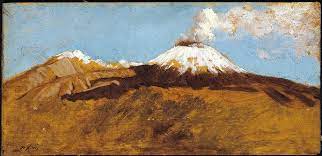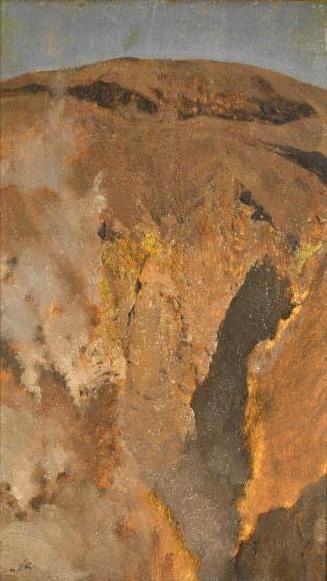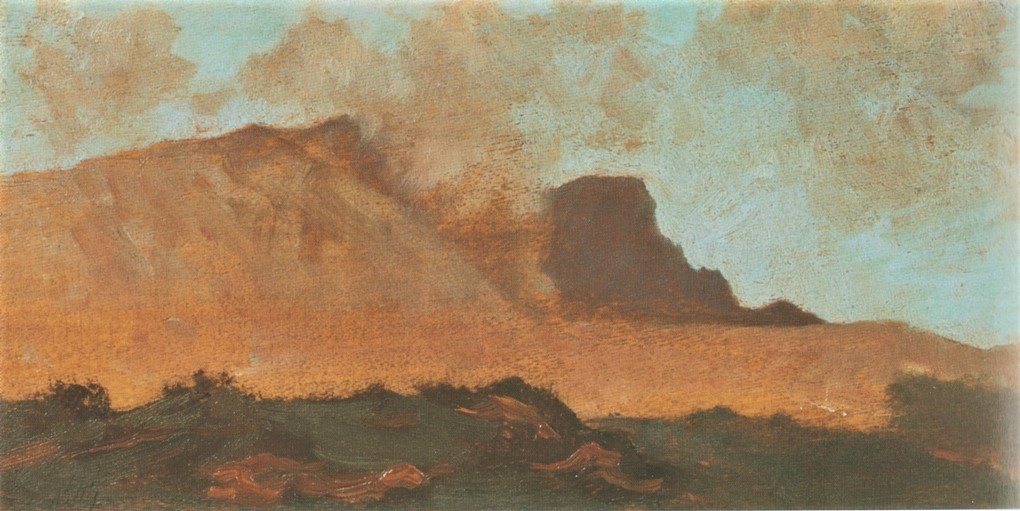
Grove Koger
The name Giuseppe de Nittis isn’t familiar to most of us, given the fact that our surveys of nineteenth-century art tend to neglect Italian artists. However, in his short life (he died at the age of 38) he accomplished a great deal in a wide range of modes.
De Nittis was born in the southeastern Italian city of Barletta in 1846, but he spent time in the late 1860s in Paris, where he befriended such artists as Edgar Degas. Many of his paintings of social life have the immediacy of quick sketches, and mark him as the equal of many of the Impressionists he met in France. If you’re curious, you can see a good selection of his works on YouTube.

In any case, what intrigue me the most are the 60 or so paintings de Nittis made of the volcano Vesuvius in the years 1871-73. Vesuvius, you’ll remember, was responsible for the destruction of the Roman city of Pompeii in AD 79, and has erupted repeatedly ever since. One such eruption occurred on April 26, 1872, killing some 20 observers and stranding the staff of the Osservatorio Vesuviano for several days. The director of the observatory, Luigi Palmieri, subsequently wrote that his seismographic observations suggested that the April event was actually the “last phase” of an eruption that had begun in late January 1871.

Whatever the details, this is the period in which de Nittis produced the works I’m talking about. Painted in the open air, they don’t pretend to be finished, carefully composed works. Small and nearly abstract, most are the result of a series of arduous climbs the artist undertook in order to reach the upper slopes of the volcano. As he recounted in his memoirs, he “needed six hours on horseback to get there and back, and to make the final climb to the crater on the shoulders” of his guides. Occasionally he worked the small sketches into larger, more finished pieces, such as the spectacular example at the top of today’s post, Vesuvius’s Ash Rain (1872), but I’m not sure which approach I prefer.

If you’d like to subscribe to World Enough, enter your email address below:
And if you’ve enjoyed today’s post, please share!